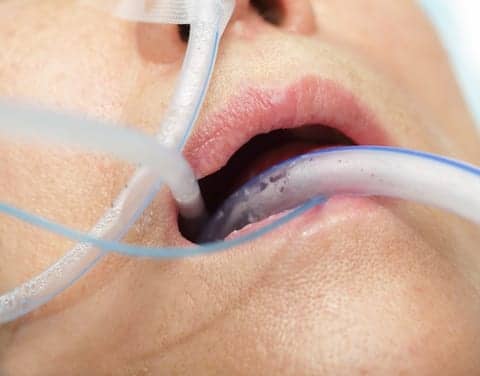A patient survives life-threatening trauma, is intubated in the intensive care unit (ICU) to support his or her affected vital functions, starts to recover, and then develops pneumonia. It’s a scenario well-known to physicians, who understand that the development of ventilator-associated pneumonia in critically ill patients often results in significant morbidity, mortality, and additional healthcare costs.
An interdisciplinary team of George Washington University (GW) researchers are investigating more accurate and rapid methods of identification of bacterial pathogens in patients with pulmonary infections, which could lead to more targeted antimicrobial therapy with potentially less adverse effects and lower costs.
Next-generation sequencing (NGS) of samples from the sputum of intubated patients, as outlined in their recently published paper in the Journal of Clinical Microbiology, may enable more focused treatment of pneumonia in the critically ill, which has the potential to reduce healthcare spending, as well as improve survival.
NGS, or the process of determining the DNA sequence of a patient’s genome and microbiome, provides the means to establish a more precise microbiologic cause, according to co-author Timothy McCaffrey, PhD, professor of medicine and director of the Division of Genomic Medicine at GW SMHS.
“Through analyzing the data provided by the NGS, we were able to identify bacteria not previously identified through standard microbiological methods,” said McCaffrey.
As technical advances reduce the processing and sequencing times, NGS-based methods may ultimately be able to provide clinicians with rapid, precise, culture-independent identification of bacterial, fungal, and viral pathogens and their antimicrobial sensitivity profiles.
“This will allow for a more precise patient population to be treated for pneumonia,” said co-author Marc Siegel, MD, assistant professor of medicine at GW SMHS. “Using this technology, physicians in the future should be able to make a more accurate diagnosis of the cause of what the pneumonia is and tailor their therapy accordingly.”








